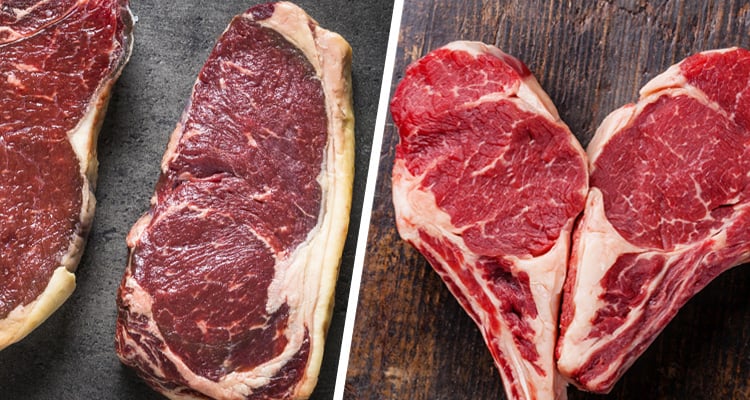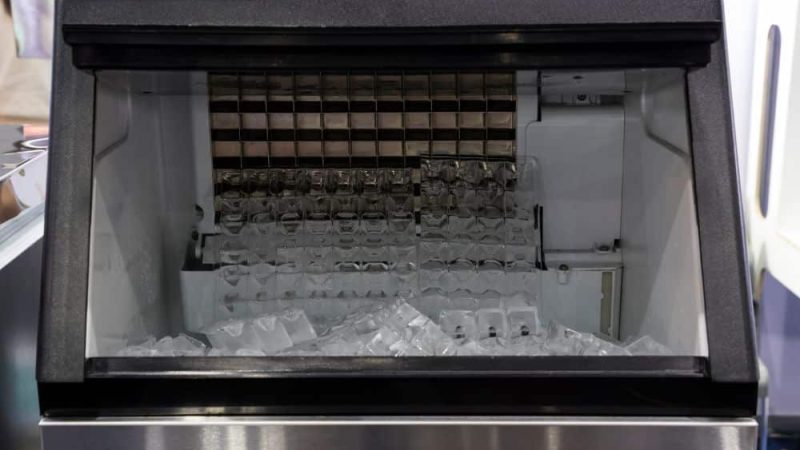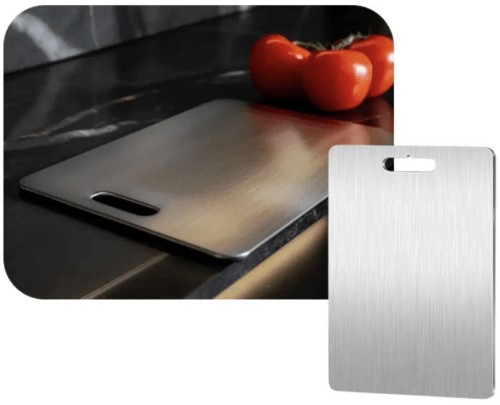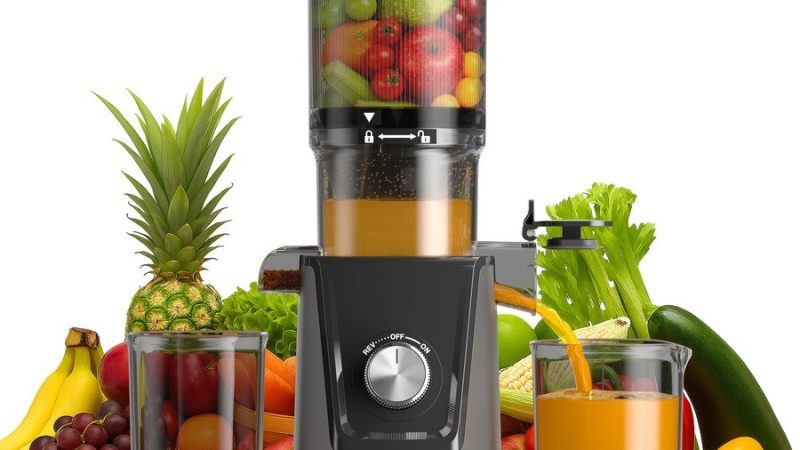The Difference BetweenDry-Aging And Wet-Aging Processes

The process of dry-aging meat started in the 1950s when some butchers discovered that storing meat in an air-controlled area results into a more developed flavour. However, in order to properly dry-aged meat, a good cut of meat must be chosen to maintain a fat marble throughout. The dry-aging process also results in weight loss of about 10% to 15% making the dry-aged meat significantly more expensive.
Wet-aging of meat
Meanwhile, wet-aging is a technique that has been recently developed due to the advances in plastics and refrigeration technology. In the wet-aging process, cuts of meat are vacuum-sealed in plastic containers before they are shipped to the markets. Wet-aging takes place within the 4 to 10 days transit time between slaughter and sale.
During this time, enzymes will have enough time to tenderize the meat and make it acceptable. There is no weight loss due to dehydration resulting in less consumer costs. Wet-aging does not require a special chamber for the process or monitoring of air-flow, humidity, and temperature.
Dry-aging of meat
In dry-aging, whole sides of meat or primal cuts are hung in the open air with a temperature that is just above freezing and left to age for several weeks to 3 months. While enzymes are working on the muscle tissues, the meat is also gradually dehydrating to change its flavour and texture.
Dry-aged beef is very tender and is characterized by an intense flavour. However, moisture loss results in a decrease in yield making dry-aged meat very expensive. The crust that builds up on the surface of the meat also needs to be trimmed away resulting in more weight loss.
Which process is better?
Actually, it is a matter of preference. Wet-aging is a faster process so that the enzymes do not have enough time to make substantial changes in the meat. Wet-aged meat is also tender but not as tender as dry-aged meat. The steaks that are sold in the grocery are often sealed in plastic, technically making them wet-aged steak with a taste that is similar to traditional fresh steaks. Since there is no weight loss in wet-aging, it makes the steak more affordable.
Dry-aging produces the most tender steak possible because the naturally occurring enzymes have more than adequate time to work on the muscles and connective tissues of the meat. The flavour of dry-aged meat is stronger. People who have experienced dry-aged beef describe the flavour as nutty or earthy.
Typically, dry-aged beef is considered to have superior quality over wet-aged beef. The downside is the price and the length of time it takes to dry-age meat. For many steak aficionados, the end justifies the means and they are willing to pay a premium to try dry-aged beef at every opportunity.
Because of the popularity of dry-aged steak many people are trying to imitate the process at home. However, to properly dry-age meat, requires an aging room chamber with the technology that perfects the dry-aging process. With the help of patented techniques, salt plays a very important in creating the ideal conditions for dry-aging.







